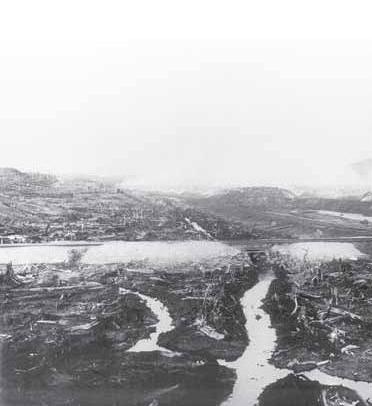Michael Atkins is president of Northern Life – www.northernlife.ca – Greater Sudbury’s community newspaper.
I have written for years about the colonial aspects of living in rural Canada, most of that experience gained from my life in northern Ontario and my family history in Nova Scotia. It does become a little pedantic, but the essence of the message is that you can’t expect to be a grown up, mature, sustainable community or economy, if you have no control or accountability for your environment. If you are not entrusted with responsibility, how would you know how to exercise it?
In the broad spectrum of life in northern Ontario, our people are without influence. We have no meaningful input or accountability for education policy, resource policy, energy policy, social policy, tax policy, immigration policy, economic strategy, or business strategies.
The mining companies do their thinking in São Paulo Brazil, or Zug, Switzerland, the paper companies, to the extent they still have a pulse now, do it in Maryland or Montreal, and all other decisions are made in Toronto or Ottawa. By and large, northerners don’t care that much. They are more focused on the economic hardship they are experiencing, rather than the power relations that exacerbate it.
Northerners are more focused on the economic hardship they are experiencing, rather than the power relations that exacerbate it.
We can add a new silo to this pathetic legacy.
The recent decision to gut the CBC Radio infrastructure in northern Ontario is a case in point. This is a decision made in Ottawa, or maybe Toronto, without one second of consideration for its impact on the north.
























